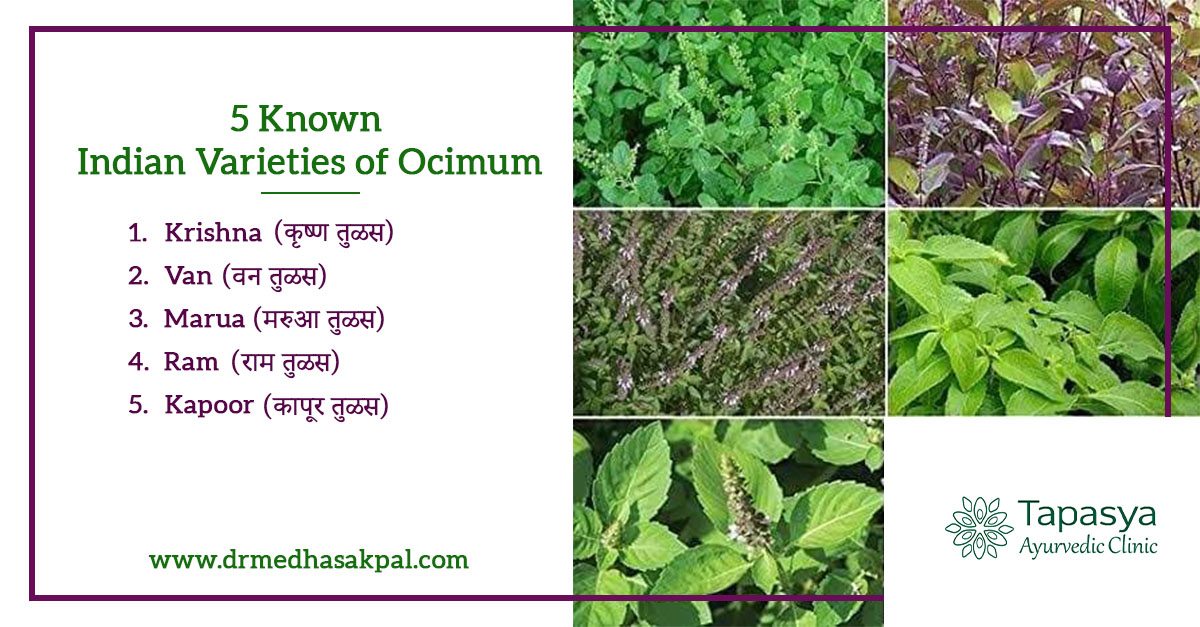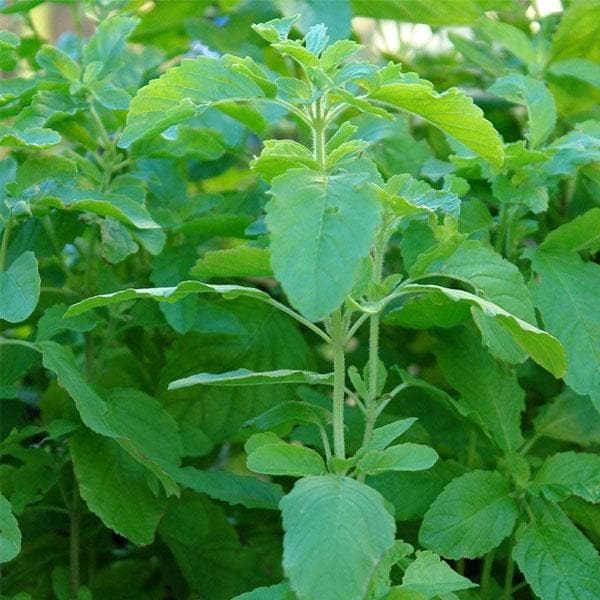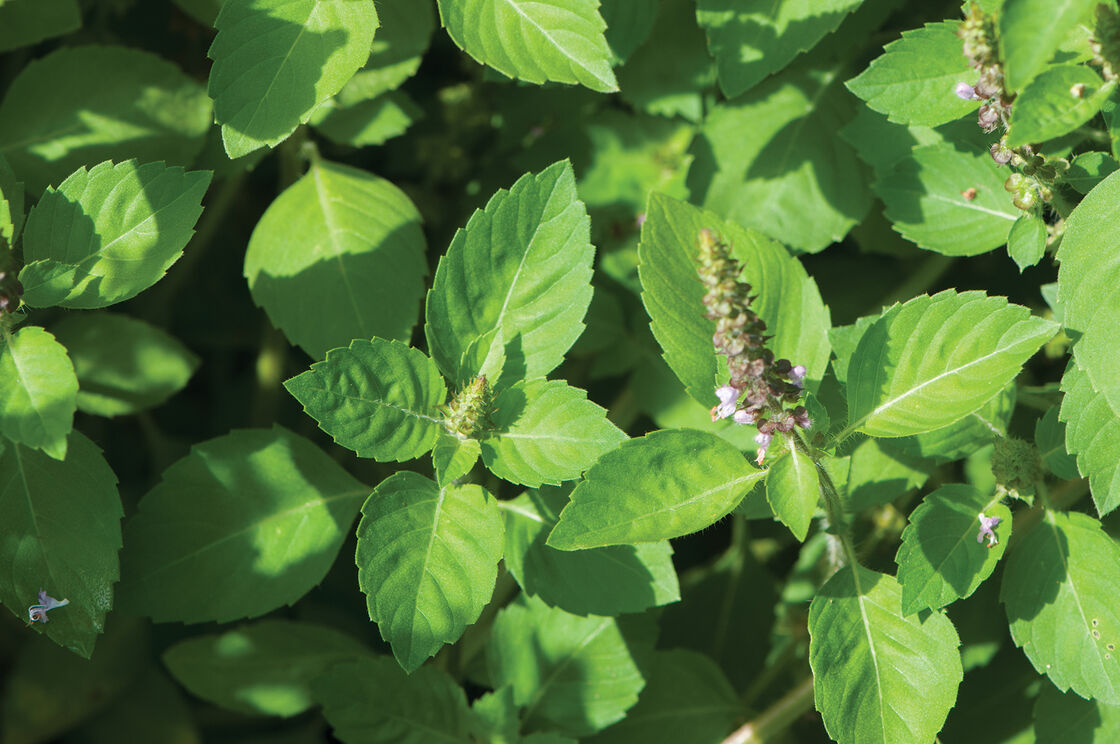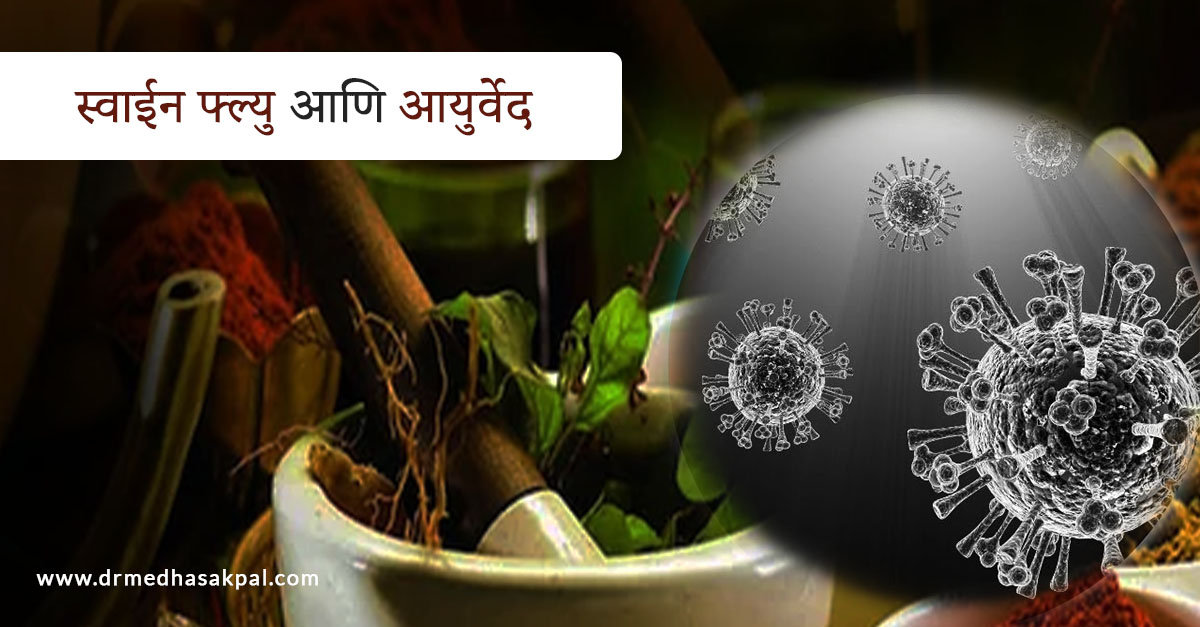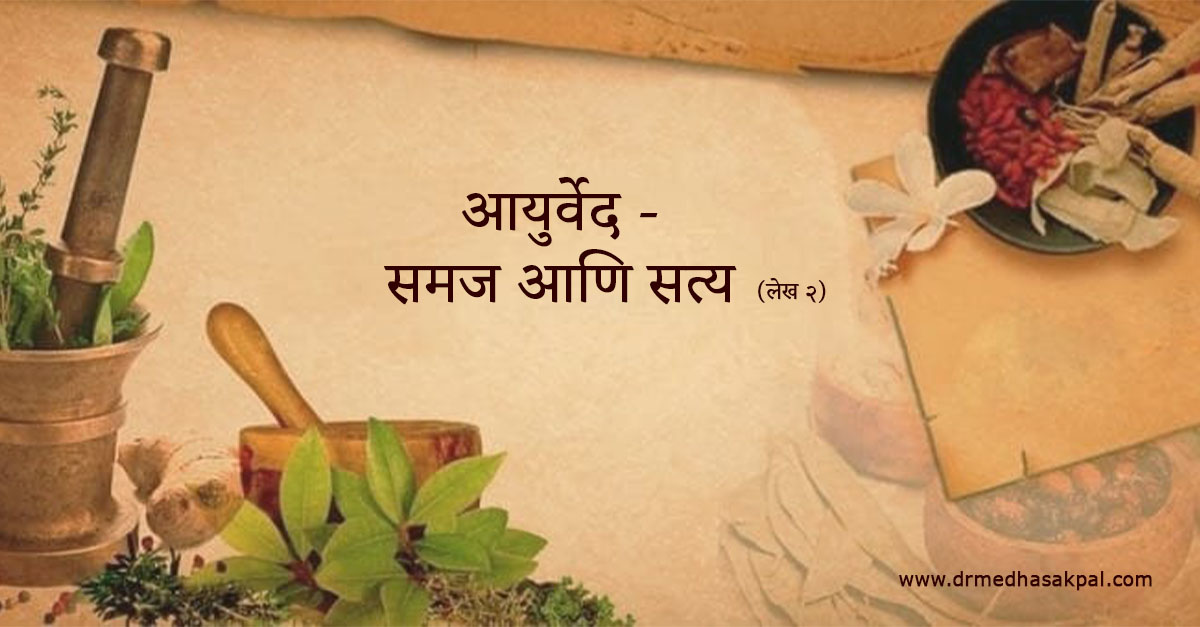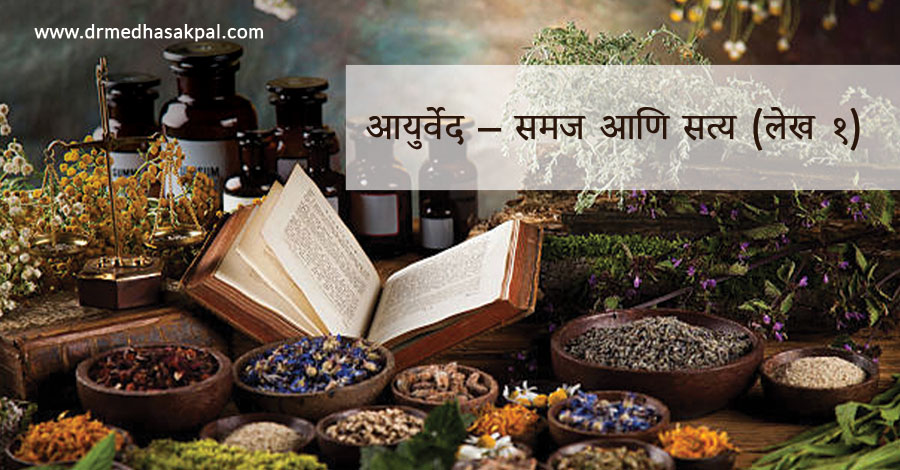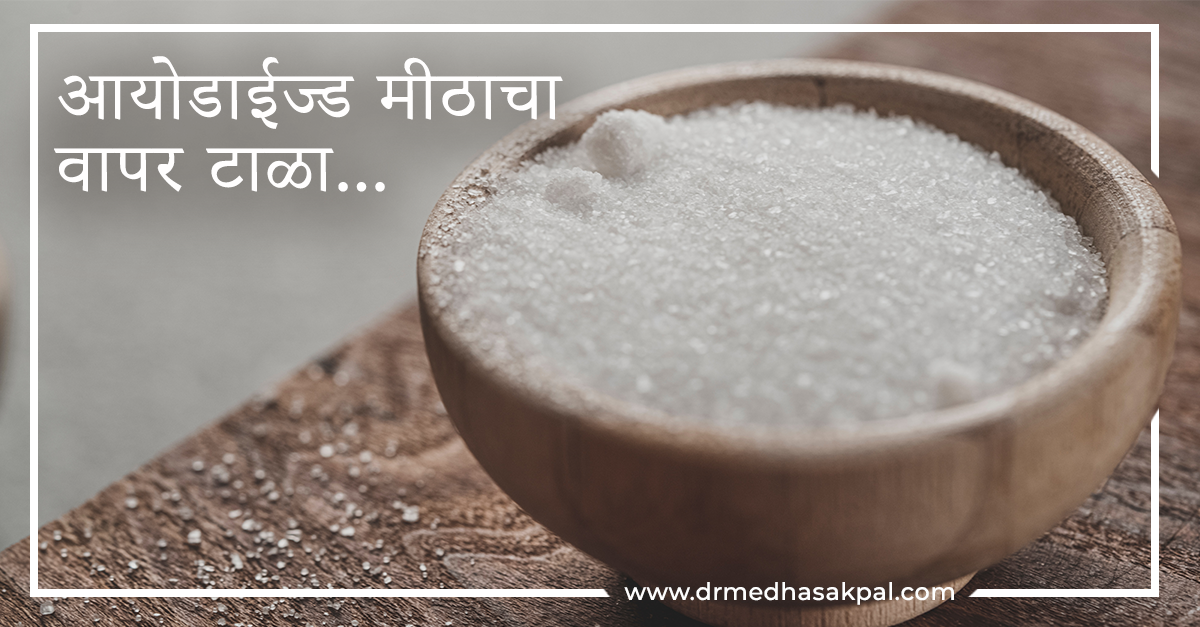Ocimum sanctum L. is commonly known as Tulsi in Hindi or Tulasi in Sanskrit and holy basil in English is an herb belonging to the family Lamiaceae. It is widely used in the Indian subcontinent and important constituent of Ayurvedic medication with a history of usage for more than 3000 years.
Ayurveda refers tulsi as a wonder herb with "Solution of Life" for its medicinal properties and therapeutic abilities. In the Indian Materia Medica the leaves of tulsi plants are cited as a treatment of bronchitis, ailment and respiratory ailments. Modern medicine acknowledges the plant for medicinal potency and also establishes evidence for presence of secondary metabolites that render the therapeutic properties. Tulsi is known for its unique fragrance due to the presence of volatile oils such as monoterpenes and sesquiterpenes.
Tulsi is a holy plant in India and is a customary part of every household in India. It is significant in the offerings at the temples and religious ceremonies. Its medicinal attributes have manifested its religious significance which is also evidenced by modern medicine. Following are the well-known varieties of Tulsi found in India,
1. Krishna

The leaves of Krishna variety are purplish which is an attribute for identification. The leaves are crisp and dark as compared to other varieties. Traditionally Krishna Tulsi is known for its medicinal uses such as cold, cough, throat infections, respiratory diseases, ear ache and skin related diseases. The active secondary metabolites that confer the medicinal efficacy are Types of TULSI Varieties eugenol, methyl eugenol, 1,8-cineole, Linalool, Beta-bisabolene, Beta-caryophyllene and Beta- Elemene.
2.Vana
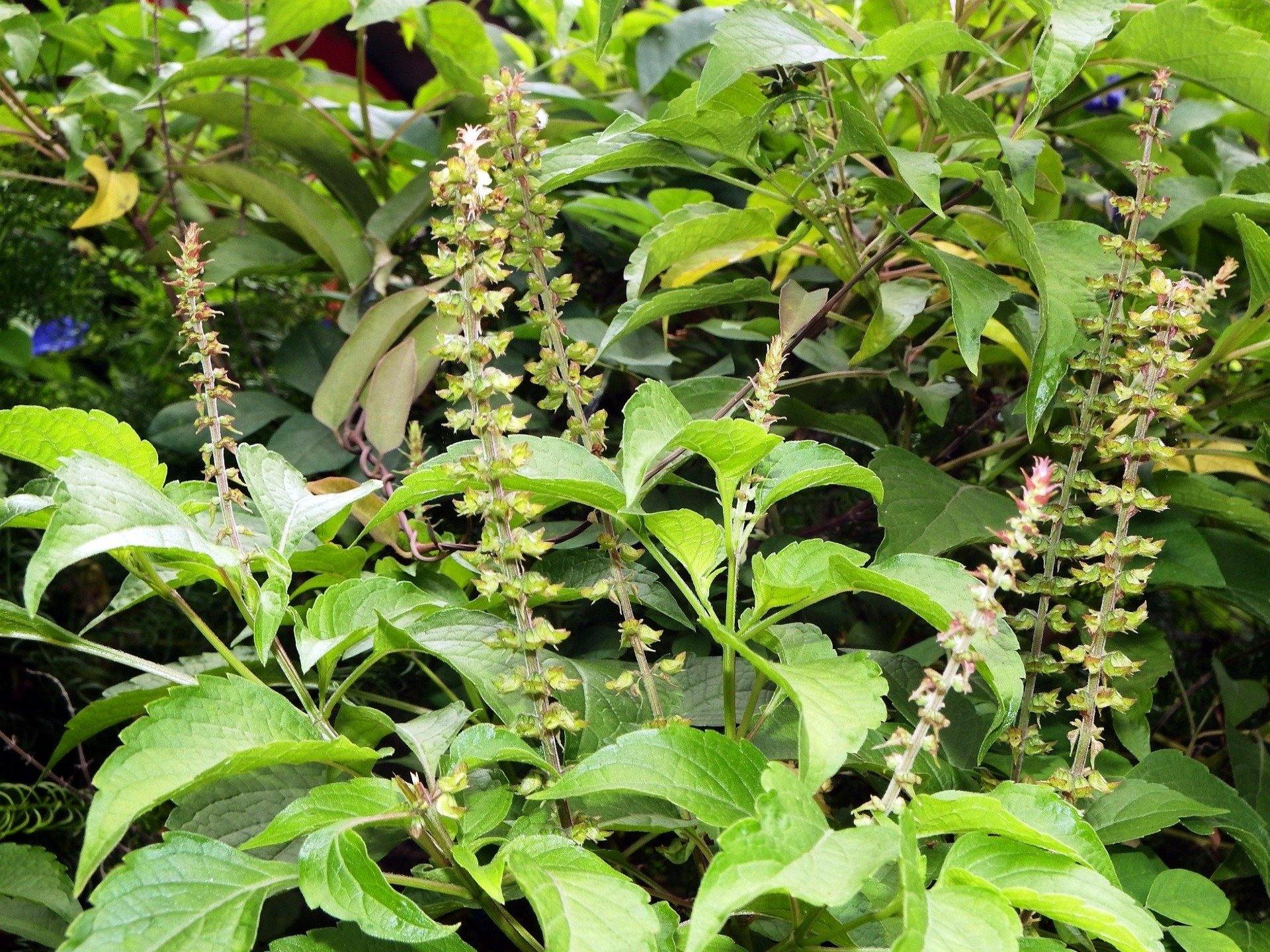
As the name indicates this is a wild variety and found in the deep forests. Cultivation is practiced in the Himalayan region. This variety has strong aroma which is an indication of rich volatile oils and secondary metabolites with medicinal efficacy. This variety of plant is known to possess anti-ageing properties. This wild variety is known for its active constituents viz; thymol, eugenol, bornyl acetate, linalool, ocimene, p-cymene, 1,8-cineole, gamma-terpinene, bisabolene, bulnesene, farnescene, humulene etc
3.Marua
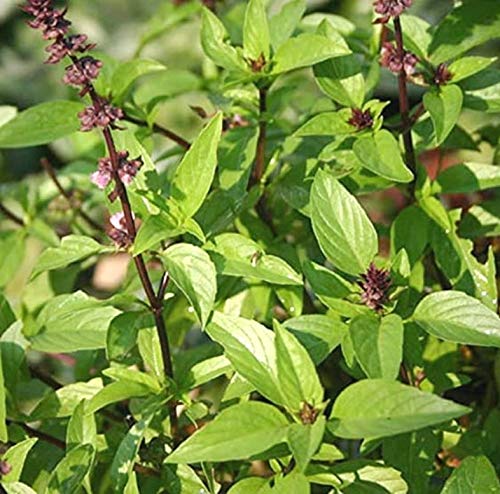
This variety of plant is used in digestive problems. The peculiar feature for identification is glabrous (hairy) stem.Marua tulsi is characterized by leaf elliptic-lanceolate leaf shape with hairs on the leaf. The inflorescence is purplish. with flowers pinkish-white, the calyx of the flower is greenish purple-purple, smooth. The seeds are black in color, with an ellipsoid shape, and mucilaginous in texture. Fresh leaves are reported to be used in gastric problems.





